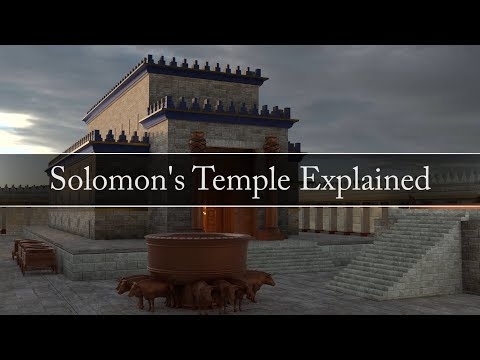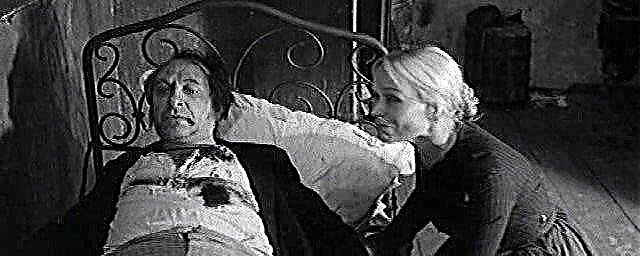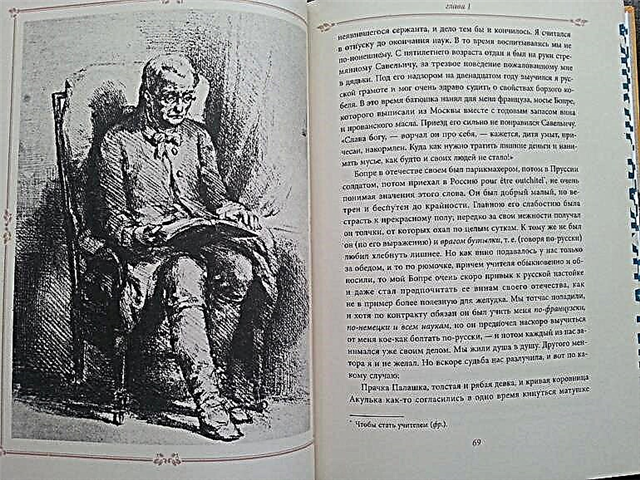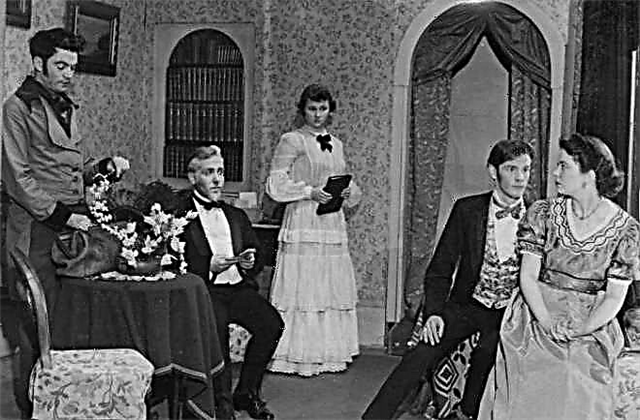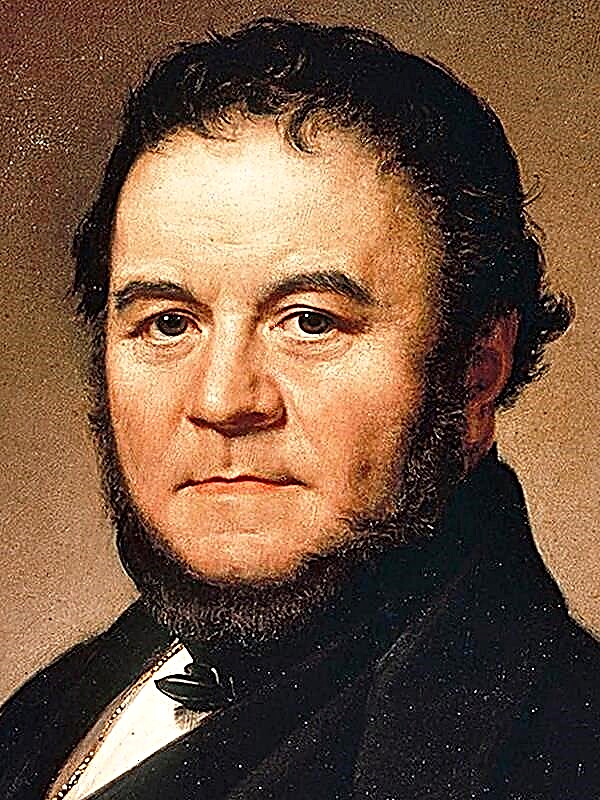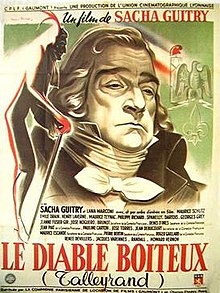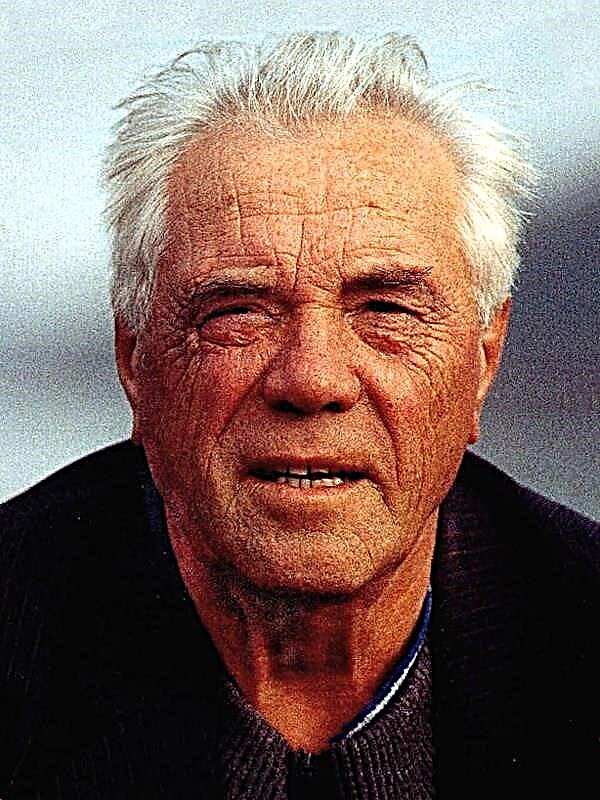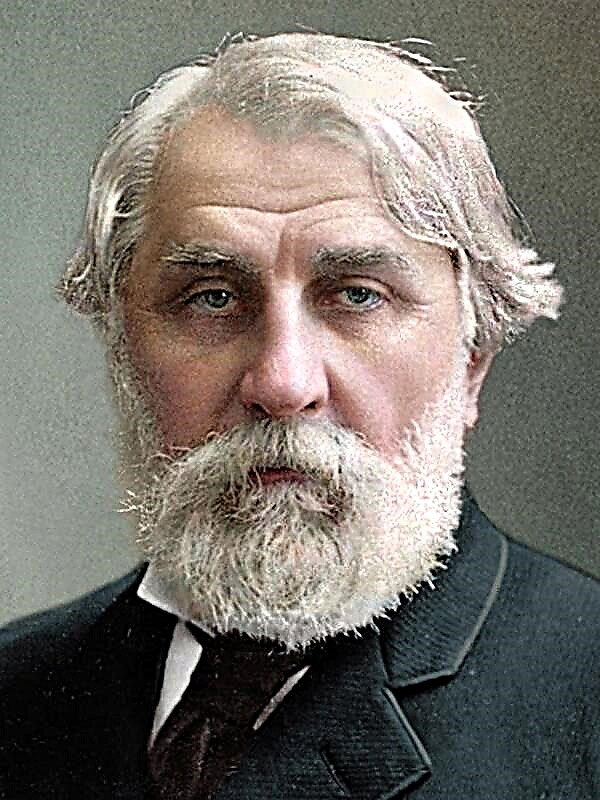(310 words) The story "Portrait" N.V. Gogol is one of the burning classic books. It raises the problem of the depreciation and monetization of art, like a base craft. This is the central theme of the work, and therefore the role of art in it comes to the fore.
The young artist Chartkov, not knowing the past of antiques, buys an old portrait in one of the provincial shops, marveled at the quality of work and the extreme naturalness of the portrait. At night he had a dream: as if the old man was leaving the picture, showing Chartkov money. Having found the purchase amount in reality, the painter becomes successful and wealthy, but loses his talent. And once having seen the work of a gifted creator, he realizes that he has lost. In an attempt to destroy all the works of talented artists, buying them up, Chartkov dies without leaving any creative heritage. Thus, we see that it is on the concept of art as a kind of eternal and invaluable substrate that the narrative in the work rests. The author speaks of the pricelessness of creativity, filled with a precious vision. Material, according to Gogol, is much lower than mental, and talent is higher than profit. Having lost a gift, you lose your sense of self and self-awareness, and then your personality and soul.
The second part of the story in the auction space tells the story of the picture. It shows a loan shark. And the image was created by an envious man who was ardently trying to catch up with his talented student, including by agreeing to write “our” portrait. By a strange coincidence, the moneylender dies, but his dark spirit moved to the canvas. The artist’s pride and envy, so boldly embodied in the personality of the moneylender and become the basis of the portrait, trigger the mechanism of misfortune. Subsequently, the author of the work cut his hair to the monastery, having come to a common understanding of art as a moral and bright value that helps to survive and find itself. In this case, the cleansing function of righteous art is evident - the creator escaped from the evil fate of Chartkov - he won the fight against the mercantile needs of a person’s personality and realized the invaluable value of true talents and truly artistic works.
Thus, art, which has become the aesthetic background of Gogol’s novel, is not a method of profit under the guise of a technical craft. Art is, first of all, an invaluable talent, supported emotionally, but in no way materially.



